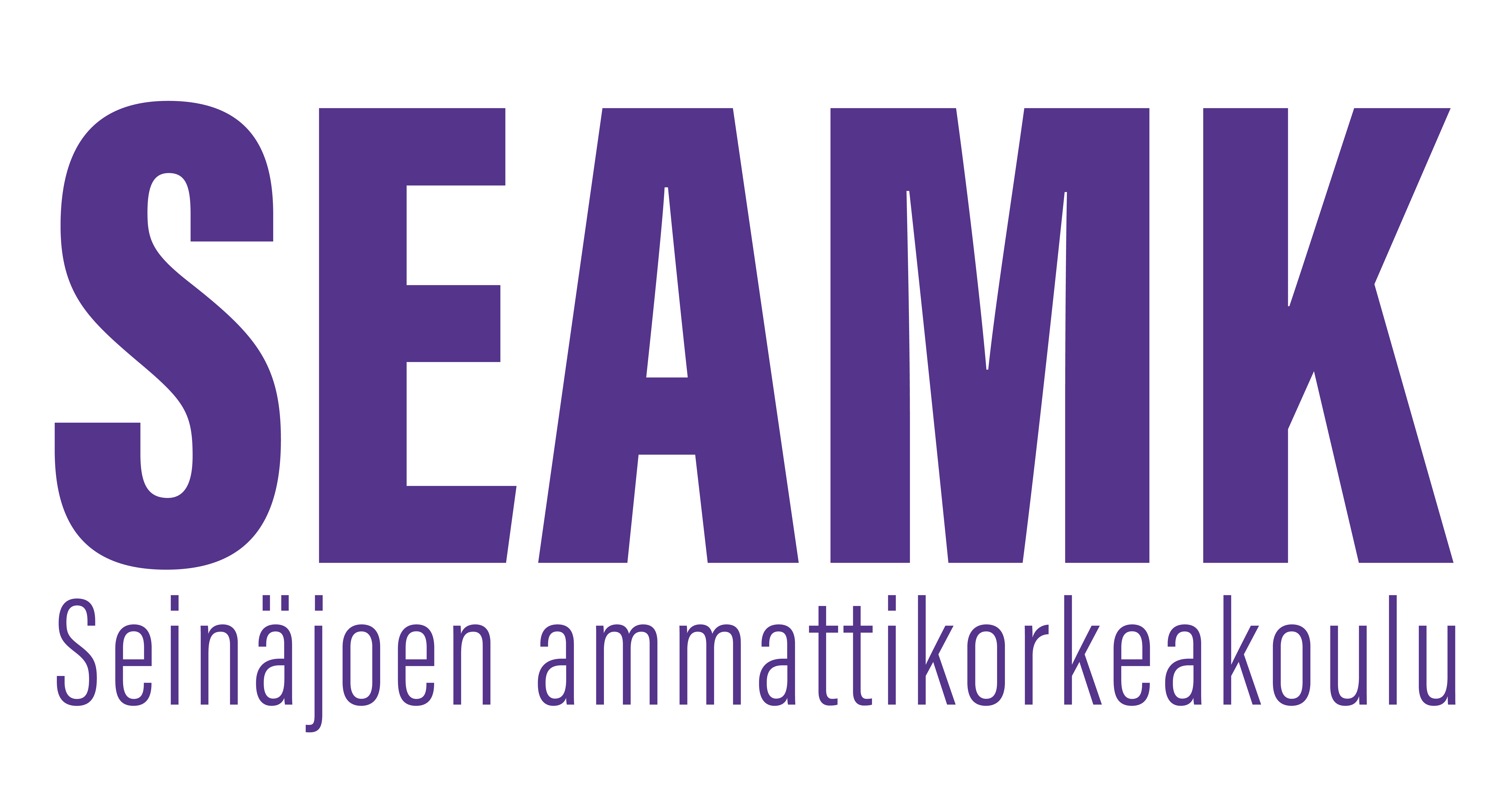Programmable Logic Controllers (3op)
Opintojakson tunnus: AE00CM52
Opintojakson perustiedot
- Laajuus
- 3 op
- Opetuskieli
- englanti
Osaamistavoitteet
Student knows the role of the Programmable Logic Controller (PLC) in machine automation, control systems and process industries. Student can develop sequence-based PLC programs, which control simple automatic machines. Student understands how the sequence logic is implemented utilizing the theory of finite state machines. Student can develop PLC programs with Function Block Diagram (FBD) and Structured Text (ST) programming languages. Student can design simple user interfaces for industrial automation applications.
Sisältö
- Stucture of PLC devices and programming environment
- Programming with FBD and ST programming languages
- Sequence-based programming and finite state machines
- Function blocks
- Designing and programming a user interface
Esitietovaatimukset
- Basics of programming
- Basics of industrial automation
Arviointikriteerit, tyydyttävä (1)
Student knows the role of the Programmable Logic Controller (PLC) in machine automation, control systems and process industries. Student can develop sequence-based PLC programs, which control simple automatic machines. Student can develop PLC programs with Function Block Diagram (FBD) programming language.
Arviointikriteerit, hyvä (3)
Student knows the role of the Programmable Logic Controller (PLC) in machine automation, control systems and process industries. Student can develop sequence-based PLC programs, which control simple automatic machines. Student understands how the sequence logic is implemented utilizing the theory of finite state machines. Student can develop PLC programs with Function Block Diagram (FBD) programming language. Student can design simple user interfaces for industrial automation applications.
Arviointikriteerit, kiitettävä (5)
Student knows the role of the Programmable Logic Controller (PLC) in machine automation, control systems and process industries. Student can develop sequence-based PLC programs, which control automatic machines. Student understands how the sequence logic is implemented utilizing the theory of finite state machines. Student can develop PLC programs with Function Block Diagram (FBD) and Structured Text (ST) programming languages. Student can design user interfaces for industrial automation applications.
